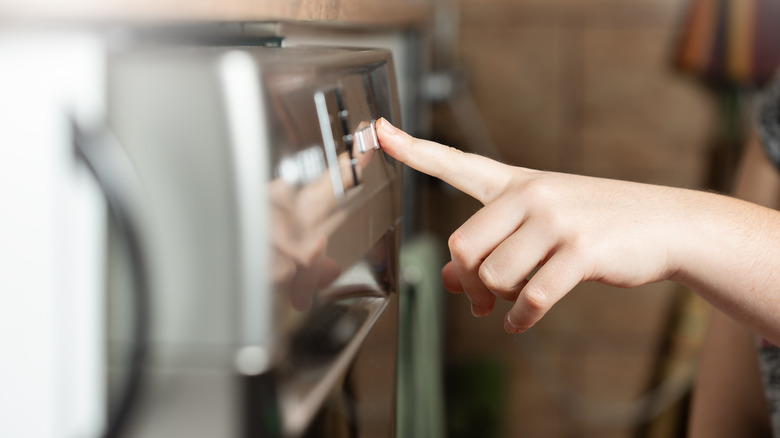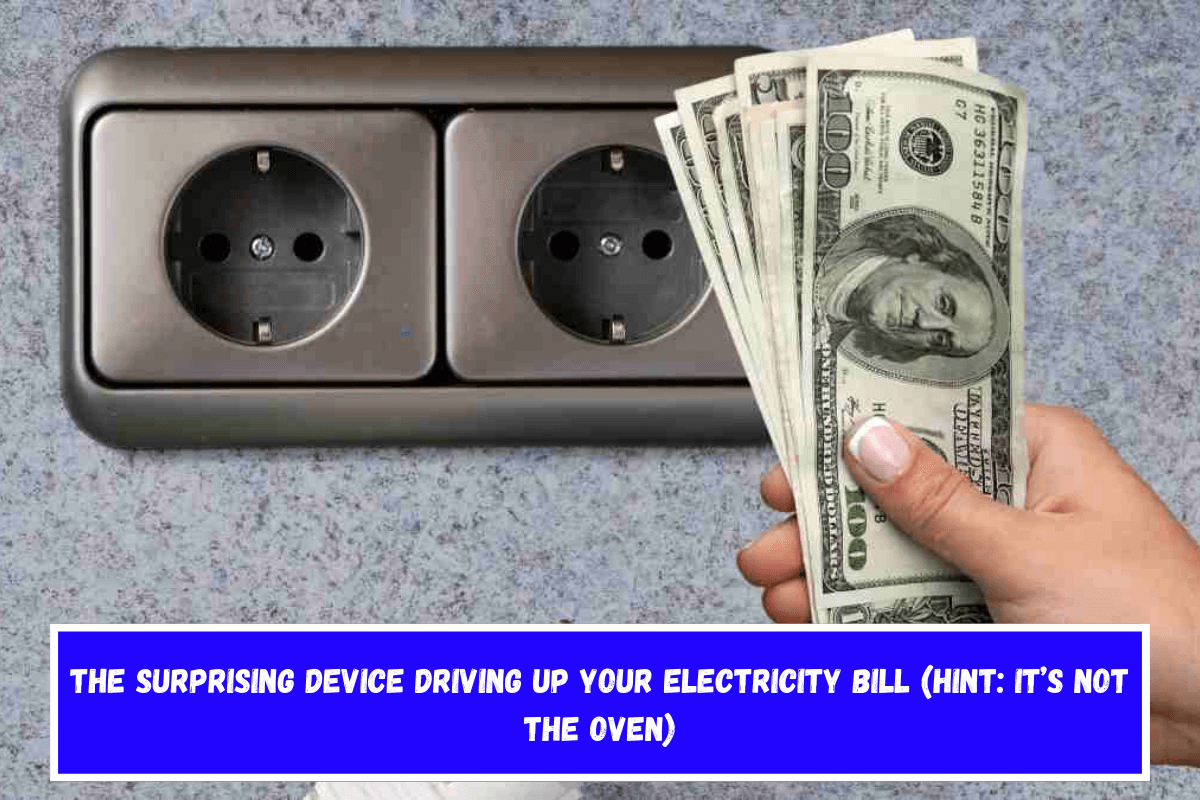When it comes to the hidden forces driving up your electricity bill, it’s not your oven or that energy-hungry gaming console. The true energy guzzler is in your kitchen, quietly operating around the clock. Yes, your refrigerator is the most energy-intensive item in your household.
Refrigerators work around the clock to keep your food fresh by maintaining a consistent cool temperature. This constant action consumes a significant amount of energy. Modern refrigerators often consume between 200 and 500 kWh per year, accounting for approximately a quarter of a household’s total energy consumption.
To further understand the impact of your refrigerator’s energy use, consider this comparison:
- Refrigerator: 200-500 kWh annually
- Oven: 130 kWh annually
- Microwave: 90 kWh annually
Although the energy usage of refrigerators may appear overwhelming, there is a silver lining. Exciting advances in renewable energy solutions are on the way, promising to reduce residential electricity consumption. These advancements may soon revolutionize how we power our homes and appliances.
Mastering the Cold Beast: Tips for Reducing Refrigerator Energy Consumption
While unplugging your refrigerator isn’t an option, there are several effective strategies you can adopt to minimize its energy consumption:
- Choose energy-efficient models (preferably A+++ rated) when it’s time to replace your old refrigerator.
- Position the appliance away from heat sources such as ovens or direct sunlight to improve efficiency.
- Regularly clean the condenser coils to ensure it operates at optimal performance levels.
- Set the temperature to the manufacturer’s recommended range, typically between 37°F and 40°F.
- Avoid overfilling the fridge, which can restrict air circulation and reduce efficiency.
By adopting these straightforward yet impactful measures, you can significantly cut down your refrigerator’s energy use and, as a result, lower your electricity bill.

Other Unexpected Energy Hogs in Your Home
While the refrigerator is a big role, other appliances also contribute significantly to your energy bills. The clothes dryer is another large energy consumer, using approximately 350 kWh each year. To lower energy use, consider:
- Air-drying clothes whenever possible.
- Using lower heat settings to decrease energy use.
Implementing these tips not only benefits the environment, but it also keeps your power bills in check.
Electric water heaters are some of the most energy-intensive items in your home. Simply lowering the thermostat setting by a few degrees can result in significant energy savings. Furthermore, installing insulation to your water heater and pipes is an effective approach to preserve heat while reducing energy waste.
Also See:- The three remaining Social Security payments of up to $900 in 2024















Leave a Reply